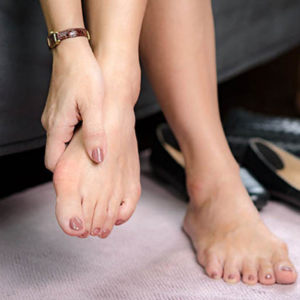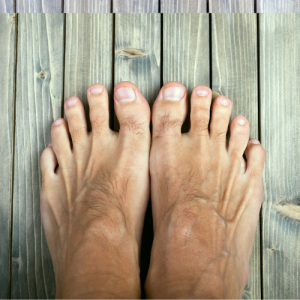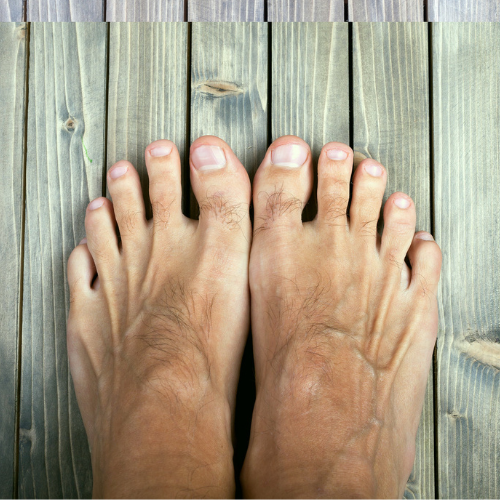A bunion, often described as a “bump” at the base of the big toe joint, is a common foot condition that can cause discomfort and pain.
Causes of Bunions:
Bunions develop when the normal balance of forces on the foot’s joints and tendons is disrupted, leading to instability and deformity. Faulty foot development, inherited foot types, and the way we walk can contribute to the formation of bunions. Other factors include foot injuries, neuromuscular disorders, congenital deformities, flat feet, low arches, arthritis, inflammatory joint disease, and occupations that stress the feet.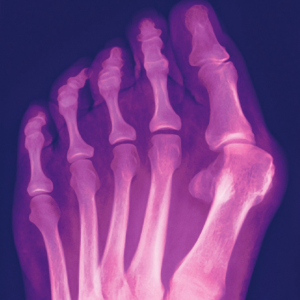
Symptoms of Bunions:
Identifying the symptoms of bunions is crucial for early intervention. These may include the development of a swelling or bump at the base of the big toe, redness, swelling, pain around the metatarsophalangeal (MTP) joint, hammertoes, calluses, and restricted motion of the big toe. Recognizing these signs early on allows for prompt professional guidance.
When to Seek Professional Help:
If you suspect you have a bunion, it is advisable to consult with Dr. Bishop DPM, FACFAS or Dr. Rappette DPM, FACFAS of Foot & Ankle Centers. Leaving bunions untreated can lead to increased pain and complications. Our doctors can diagnose the condition and recommend appropriate treatment options based on the severity of the deformity.
Diagnosis and Treatment:
Our Podiatrists employ various treatments based on the type and severity of bunions. These may include medications such as anti-inflammatory drugs and cortisone injections, physical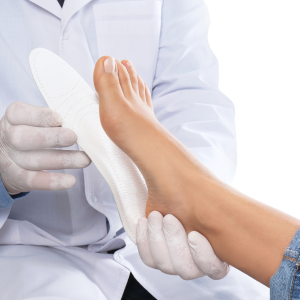 therapy, custom orthotics for improved foot function, and surgical options when conservative treatments fail.
therapy, custom orthotics for improved foot function, and surgical options when conservative treatments fail.
Dr. Bishop DPM, FACFAS and Dr. Rappette DPM, FACFAS specialize in LapiLock™ and Lapiplasty®, both being superior advanced bunion surgical procedures.
Prevention:
Preventing bunions involves proactive steps such as avoiding shoes with narrow toe boxes, wearing supportive footwear, using custom orthotics if needed, and seeking podiatric attention at the first signs or symptoms of a bunion deformity.
Early treatment is key to slowing or stopping the progression of bunions.


